Just write us your request & we will take care of the rest.
Why the Lag Brake Caliper Locking Bolt Matters: Small Part, Big Impact on Braking Safety
The Lag Brake Caliper Locking Bolt is a small yet essential part of modern automotive braking systems. Though often overlooked, this component plays a critical role in ensuring the safety and efficiency of a vehicle's braking mechanism. In this article, we’ll explore what the Lag Brake Caliper Locking Bolt is, how it functions, and why it is crucial for vehicle performance and safety.
What is a Lag Brake Caliper Locking Bolt?
The Lag Brake Caliper Locking Bolt is a specially engineered fastener used to secure the brake caliper to the mounting bracket on a vehicle’s wheel hub. Brake calipers are responsible for clamping the brake pads onto the rotor to generate friction and slow down or stop the vehicle. Without a securely fastened caliper, this critical process can be compromised. That’s where the Lag Brake Caliper Locking Bolt comes in—its primary role is to hold the caliper in place, resisting vibrations and torque forces during braking.
Importance of the Lag Brake Caliper Locking Bolt
A properly installed Lag Brake Caliper Locking Bolt ensures that the caliper stays aligned and does not shift under pressure. This is vital because even a slight movement can affect braking performance, increase wear on brake pads and rotors.
The design of the Lag Brake Caliper Locking Bolt often includes features such as self-locking threads, corrosion-resistant materials, and precise tolerances. These characteristics ensure long-lasting performance and little maintenance. High-quality bolts reduce the risk of loosening over time, which can be particularly important in high-performance or heavy-duty applications.
Common Issues with Caliper Locking Bolts
Like any mechanical component, the Lag Brake Caliper Locking Bolt can fail due to wear, improper installation, or poor material quality. One common issue is bolt loosening due to vibrations or temperature fluctuations. If a Lag Brake Caliper Locking Bolt becomes loose, it can cause the caliper to rattle, reduce braking efficiency, or even result in complete brake failure in harsh cases.
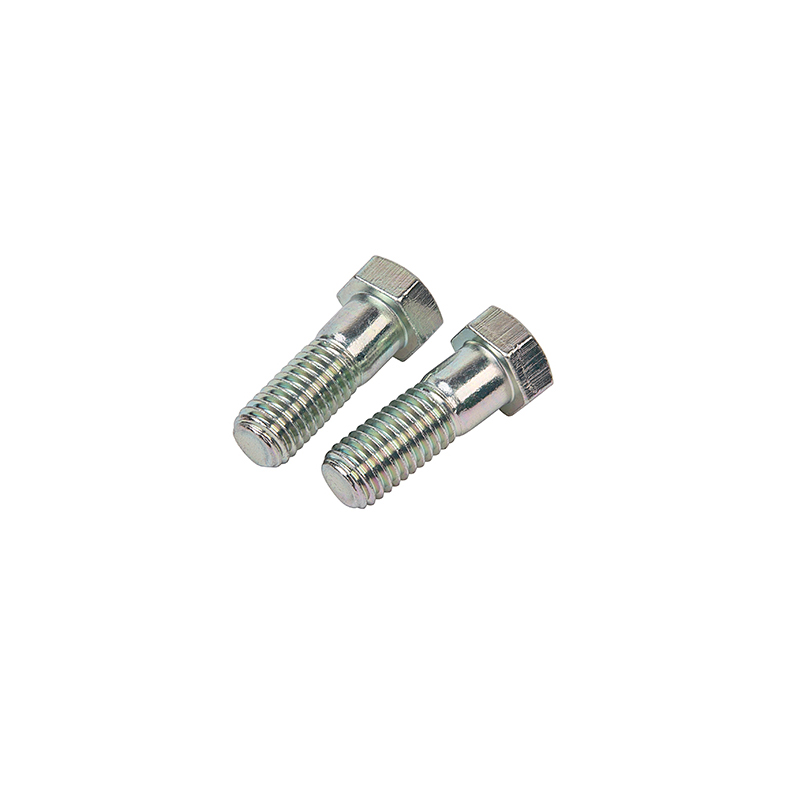
Another concern is corrosion. Since braking components are exposed to the elements, especially in colder climates with road salt, corrosion can compromise the integrity of the bolt. That’s why it’s important to choose Lag Brake Caliper Locking Bolts made from high-strength, rust-resistant materials such as stainless steel or zinc-coated alloys.
Maintenance and Replacement
Maintaining the Lag Brake Caliper Locking Bolt is relatively straightforward. During routine brake inspections, mechanics should check the torque of the bolt, ensure it is not damaged or corroded, and replace it if any issues are found. Replacement should always involve using a bolt that matches the original specifications for size, thread pitch, and material composition.
It’s worth noting that some mechanics recommend replacing the Lag Brake Caliper Locking Bolt whenever brake pads are changed. This preventive measure ensures that the bolt continues to provide good holding force and eliminates the risk of fatigue failure.
Application in Performance and Commercial Vehicles
In high-performance sports cars or commercial vehicles, the Lag Brake Caliper Locking Bolt is subjected to more harsh conditions. These include higher braking forces, increased heat generation, and greater mechanical stress. For these applications, specialized Lag Brake Caliper Locking Bolts are often used, made from aircraft-grade alloys and designed with additional safety features such as locking plates or secondary fasteners.
These upgraded bolts not only withstand higher loads but also ensure a consistent clamping force even under prolonged use. This is particularly important in racing scenarios where brake performance directly impacts safety and lap times.

 English
English Español
Español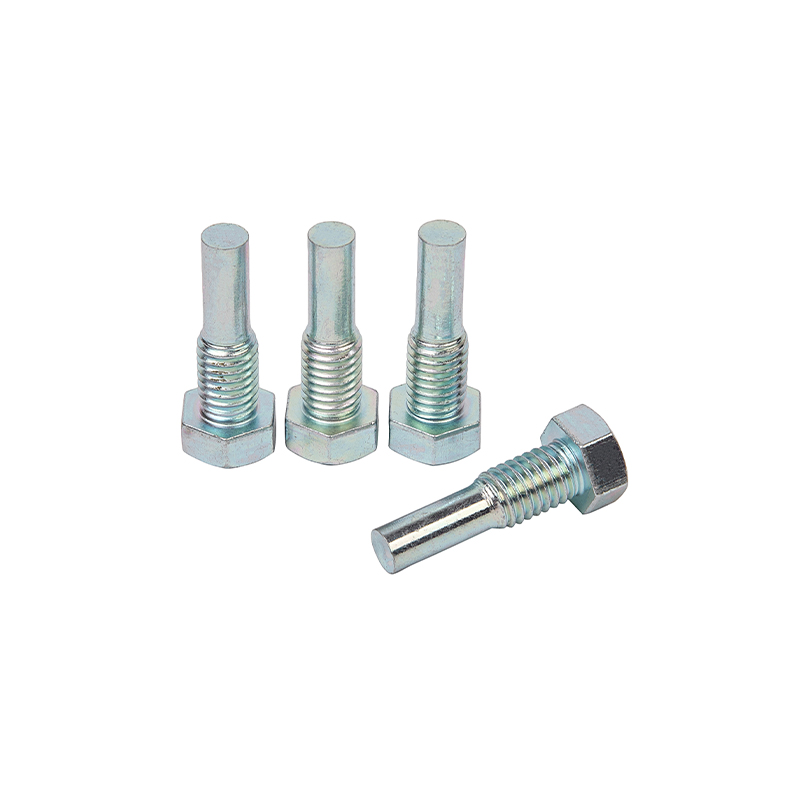
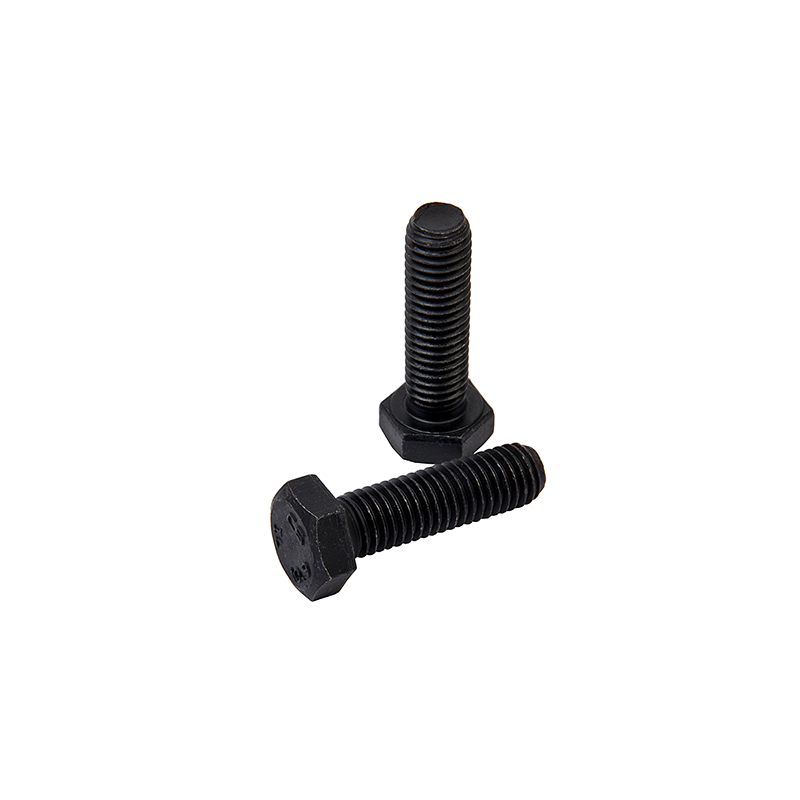

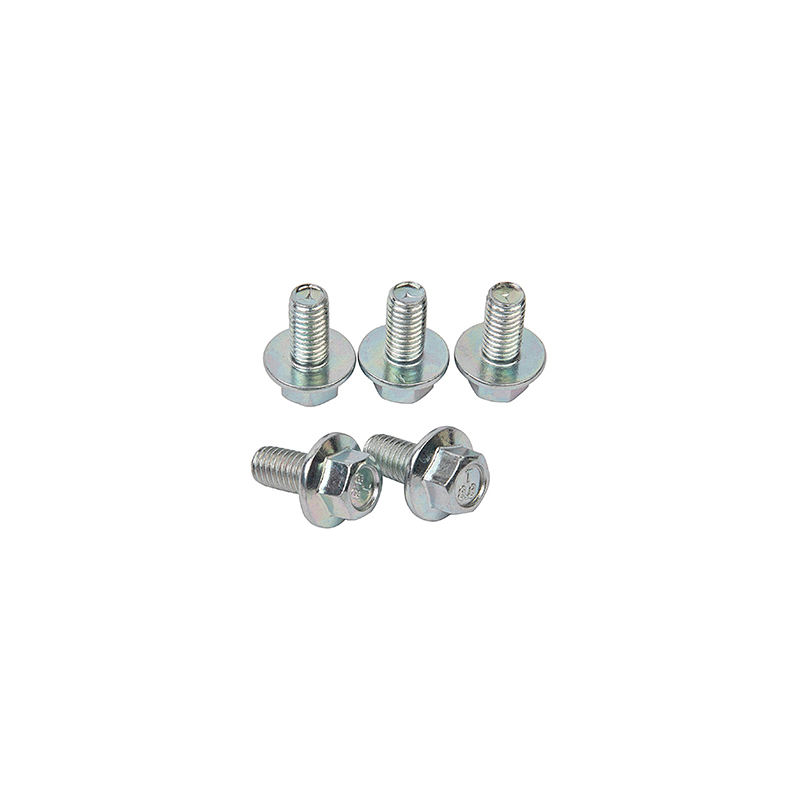
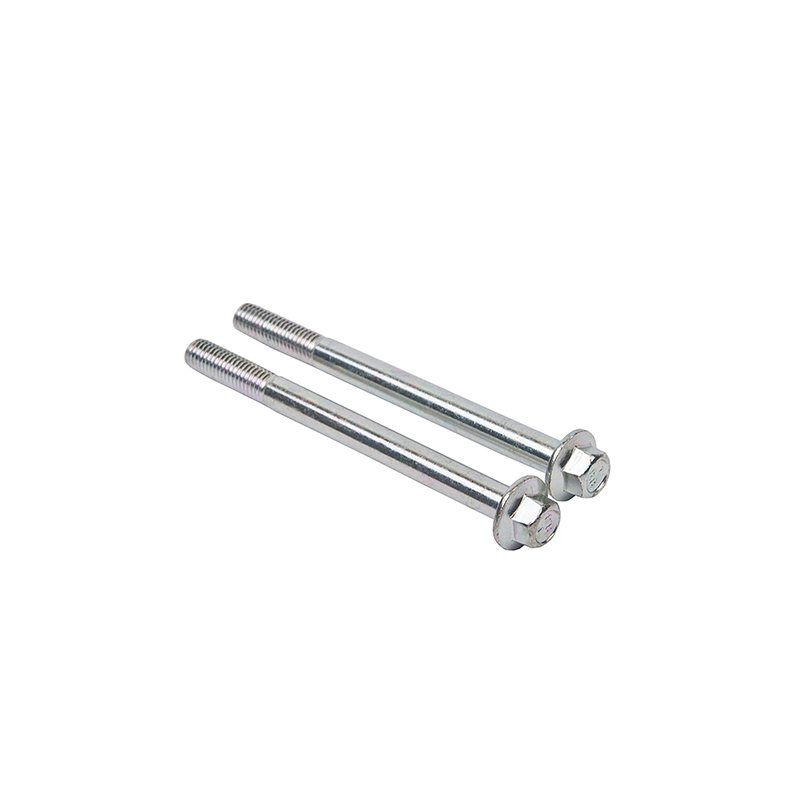
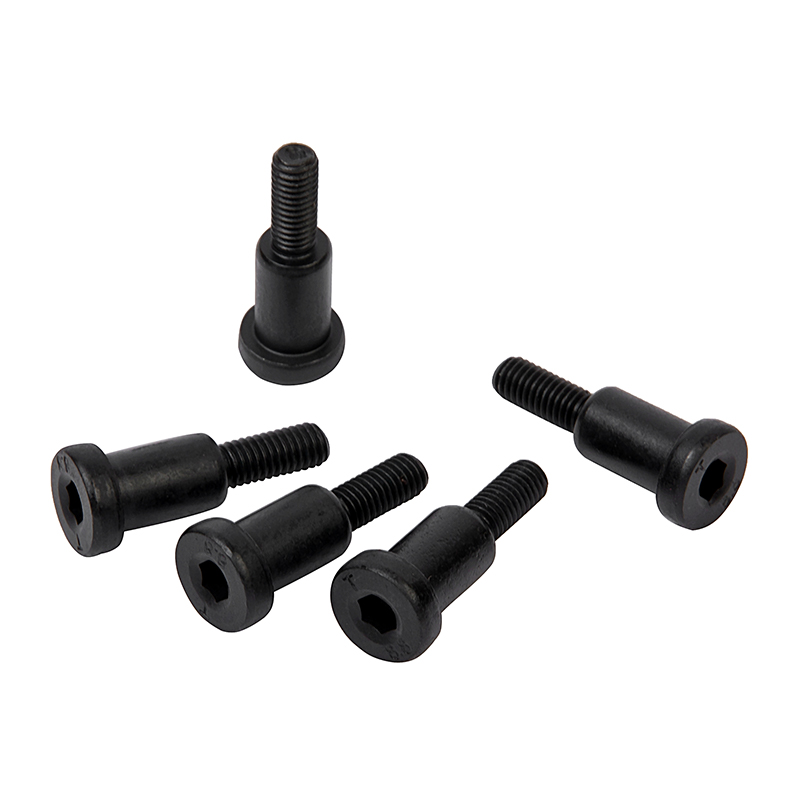
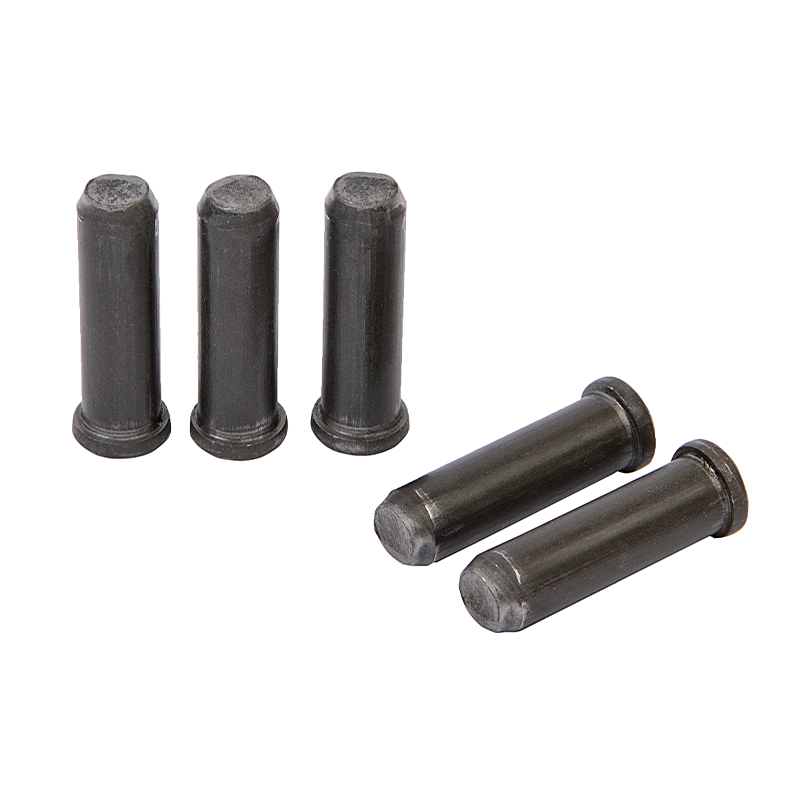
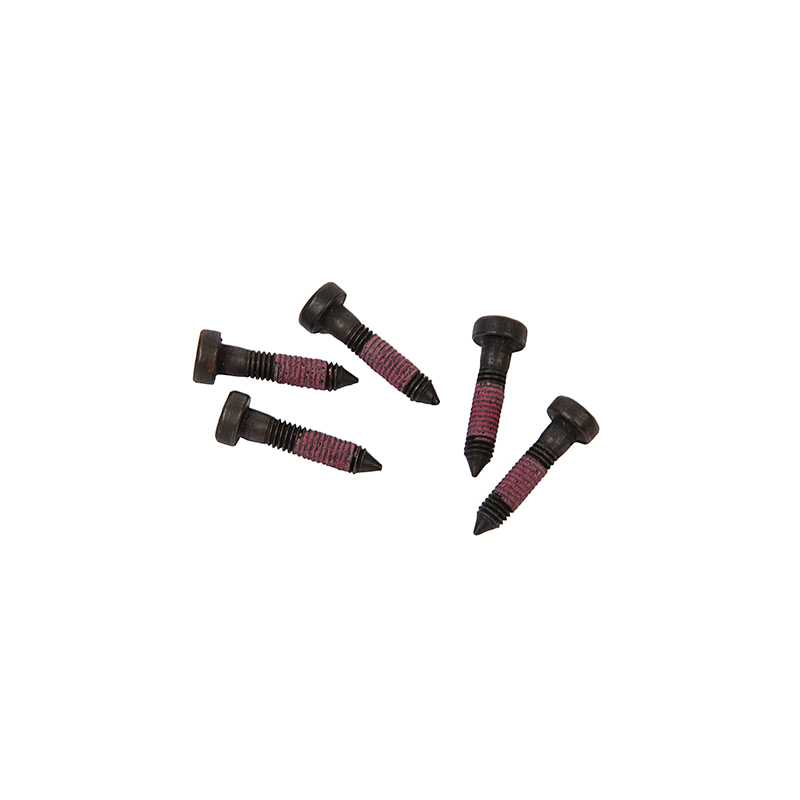
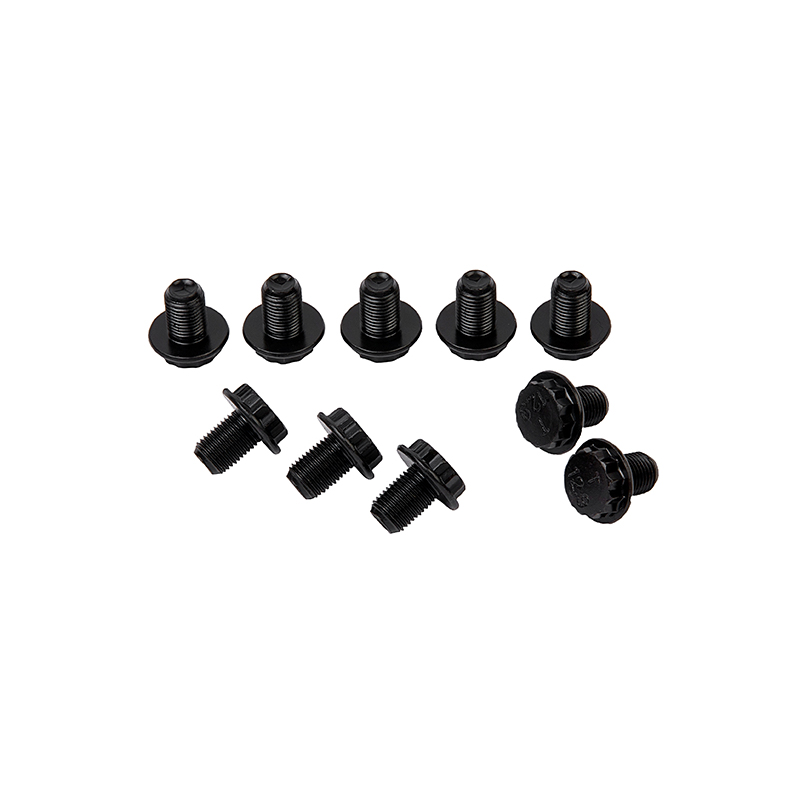
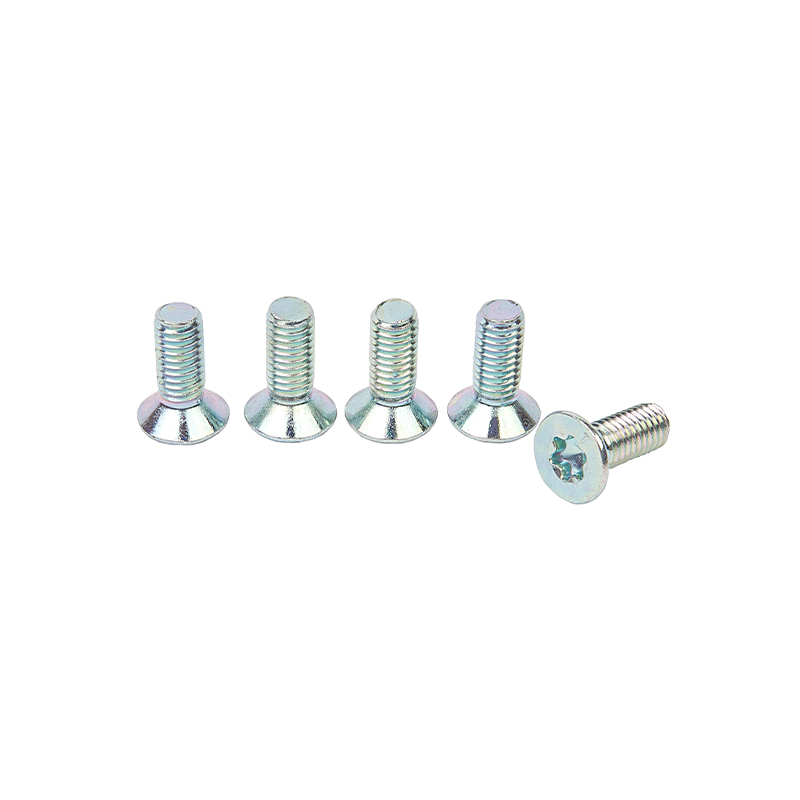

Contact Us